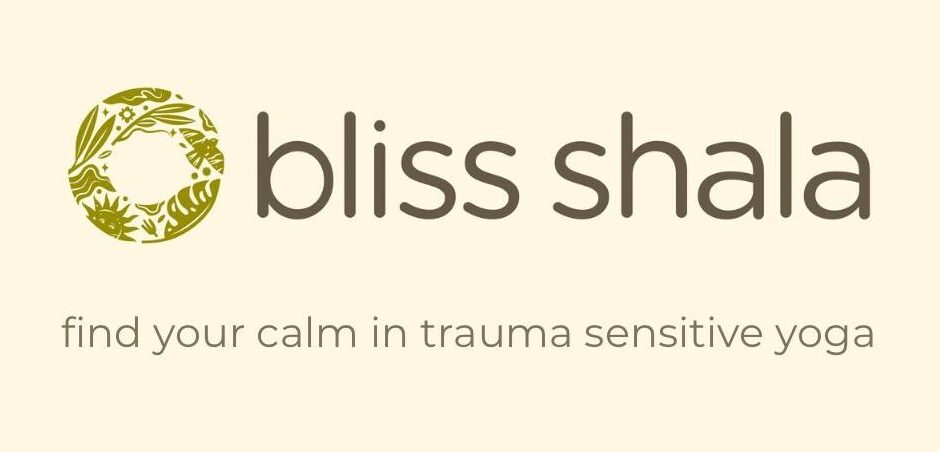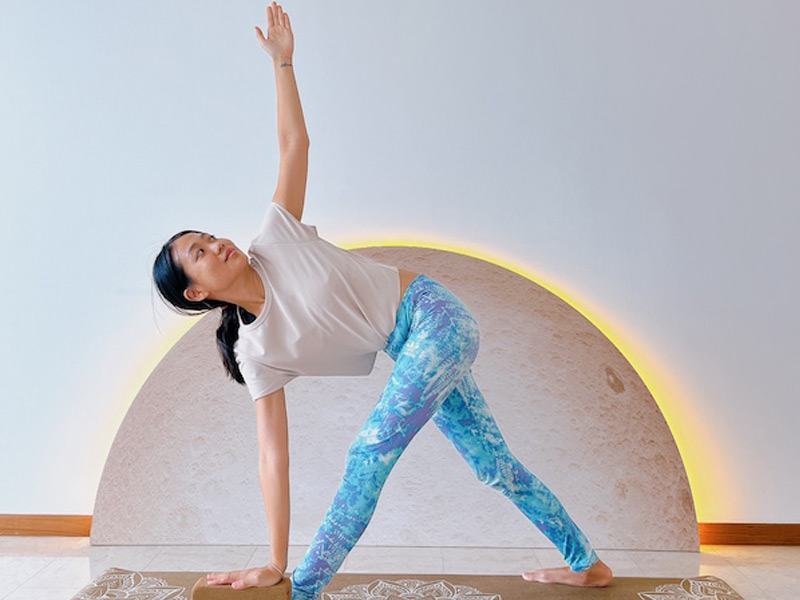
Blogs
Blogs
Functional Yoga for Everyday Life
by Bliss Shala August 20, 2024
At Bliss Shala, we do not do Yoga just to look good. We focus on functional yoga so that you will feel better in your body.
All of our yoga classes focuses on enhancing the body’s natural movements and improving overall physical functionality, especially the Back to Basics, Functional Mobility and Prenatal yoga classes.
While Yoga has roots in the specific yoga postures and spirituality, we aim to relate Yoga to our everyday city life in Singapore. Tying in yoga poses that are centred on movements that directly correlate with everyday activities, and meditation to stress management.
This grounded approach aims to build strength, flexibility, balance, and coordination in a way that we can have better performance and ease in daily tasks.
The relevance of functional yoga classes to daily life lies in its practical benefits. By mimicking and enhancing movements we perform regularly—such as bending, lifting, reaching, and twisting— practicing yoga functionally help prevent injuries, alleviate pain, and improve overall body mechanics.
Whether you’re carrying groceries, playing with your kids, or sitting at a desk, functional yoga equips your body to handle these activities more efficiently and with less strain. This makes it an ideal practice for anyone looking to improve their quality of life through mindful and purposeful movement.
Basic Functional Yoga Poses
In this section, we’ll explore some key functional yoga poses designed to support and enhance your natural movement patterns, helping you move through life with greater ease and confidence.

1. CHAIR POSE (UTKATASANA)
Stand Tall: Begin in Tadasana (Mountain Pose) with your feet together or hip-width apart. Ground
your feet firmly into the mat.
Align: Ensure your weight is evenly distributed between both feet. Engage your thigh muscles and lift your kneecaps slightly.
Raise Arms: On an inhalation, extend your arms straight up overhead, with palms facing each other or touching. Keep your shoulders relaxed and away from your ears.
Exhale and Bend Knees: As you exhale, bend your knees and push your hips back as if you are about to sit in a chair.
Knee Alignment: Ensure your knees are aligned with your toes, not extending past them. Keep your thighs as parallel to the floor as possible.
Activate Core: Draw your lower belly in and up to support your lower back. This engagement helps stabilize your pose.
TIPS FOR PRACTICE
Focus on Alignment: Ensure your knees and toes are aligned to protect your joints.
Listen to Your Body: Only lower your hips as much as you can maintain proper form and comfort.
Use a Wall: For additional support, practice the pose with your back against a wall to help understand the alignment.
By incorporating Chair Pose into your yoga routine, you can strengthen your legs, glutes, and core, while improving balance and stability, all of which are beneficial for everyday functional movements such as sitting and squatting and improves your cardiovascular health.

2. DOWNWARD FACING DOG (ADHO MUKHA SVANASANA)
Begin on Hands and Knees: Start in a tabletop position with your wrists directly under your
shoulders and your knees under your hips.
Spread Fingers: Spread your fingers wide, pressing firmly into the mat with your entire hand.
Tuck Toes: Tuck your toes under and lift your knees off the floor.
Lift Hips: On an exhalation, lift your hips up and back forming a tight inverted V with your hips, straightening your legs as much as possible without locking your knees.
Head and Neck: Let your head hang naturally between your upper arms, aligning your ears with your upper arms. Keep your neck relaxed.
Shoulders: Draw your shoulder blades down your back, away from your ears. Engage your upper arms and rotate them outward to open your shoulders.
TIPS FOR PRACTICE
Modify for Comfort: If you have tight hamstrings or shoulders, keep a slight bend in your knees
or practice with your hands on blocks.
Focus on Length: Prioritize lengthening your spine over straightening your legs. A long, straight spine is key to the pose.
Warm Up First: Ensure your body is warmed up before attempting Downward Facing Dog to prevent strain, especially on your wrists and shoulders.
By incorporating Downward Facing Dog into your practice, you can enhance your overall flexibility, strengthen your arms and legs, and improve your posture. This foundational pose also helps to calm the mind and energize the body, making it a valuable addition to your functional yoga routine.

3. REVOLVED TRIANGLE POSE (PARIVRTTA TRIKONASANA) Wide Stance: Step your feet about 3-4 feet apart.
Position Your Feet: Turn your right foot out 90 degrees so it faces the front of your mat. Turn your left foot slightly inward.
Align Your Hips: Square your hips toward the front of your mat. Imagine drawing your left hip slightly forward and your right hip slightly back.
Raise Arms: Extend your arms out to the sides at shoulder height, parallel to the floor, with your palms facing down.
Lengthen Spine: On an inhalation, lengthen your spine by reaching through the crown of your head.
Twist Torso: As you exhale, rotate your torso to the right, bringing your left hand down toward your right foot. Your right arm reaches up toward the ceiling.
Hand Placement: Place your left hand on the outside of your right foot, on your shin, or on a block if you cannot reach the floor. Your right hand should be in line with your right shoulder, reaching up.
Lengthen Spine: On an inhalation, lengthen your spine by reaching through the crown of your head. Open your chest by rolling your right shoulder back and stacking it over your left shoulder. Your torso should be aligned with your right leg.
TIPS FOR PRACTICE
Use Props: If reaching the floor is challenging, use a block under your lower hand to help
maintain proper alignment.
Focus on Length: Prioritize lengthening your spine over reaching the floor. A long, straight spine is key to the pose.
Twist from the Torso: Ensure the twist comes from your torso, not just your shoulders. Keep your hips square to the front of your mat.
By practicing Revolved Triangle Pose, you can improve your balance, strength, and flexibility while enhancing your spinal mobility and digestion. This powerful pose also helps to stimulate the internal organs and energize the body, making it a valuable addition to your functional yoga practice.
Practicing Functional Yoga Safely
Practicing functional yoga safely is essential to reap its benefits while minimizing the risk of injury. In our yoga classes, we emphasise on a few key aspects to keep you safe.
We encourage students to listen to their bodies, and pay attention to how their bodies feel during each pose. This is different from going to the gym and we avoid pushing through pain or discomfort.
Our small yoga classes allows the teacher to ensure that students are performing each pose with proper alignment to avoid strain and injury. We regularly use props or modify poses to suit your current level of flexibility and strength. There’s no need to force your body into positions it’s not ready for.
Breathing is also key aspect to safety. Mindful deep breathing oxygenate your muscles and help you maintain focus and relaxation. Learning to coordinate your breath with your movements can enhance the flow and efficiency of your practice.
If you’re new to yoga, consider trying a class with Functional Yoga approach under our qualified instructors who can provide personalized modifications in a small class setting.
Don’t hesitate to ask questions if you’re unsure about a pose or movement. Remember, yoga is a personal practice, and it’s important to honor your body’s unique needs and limitations.
Other Articles

From Asana to Enlightenment: Yoga as a Spiritual Practice

From Asana to Enlightenment: Yoga as a Spiritual Practice

Why Corporate Yoga Should Be Part of Your Employee Wellness Program


